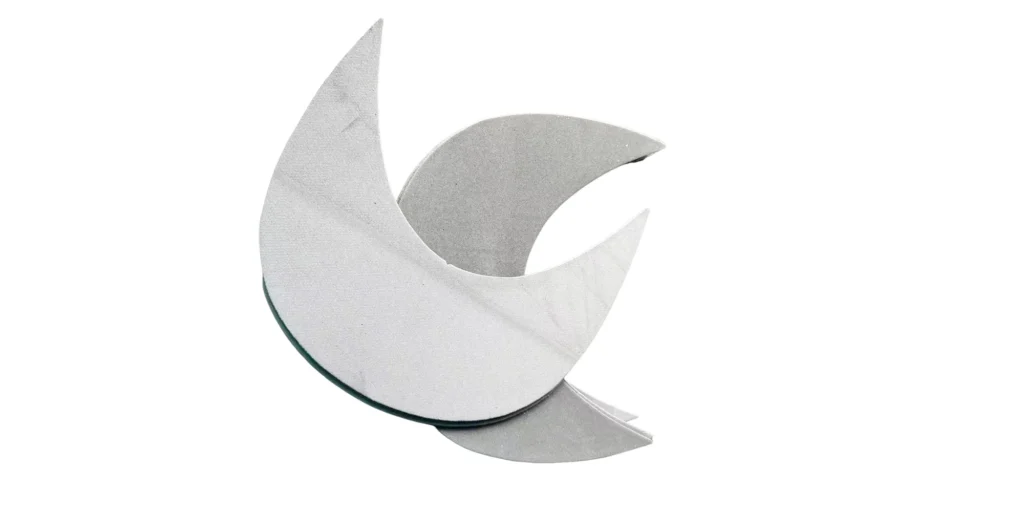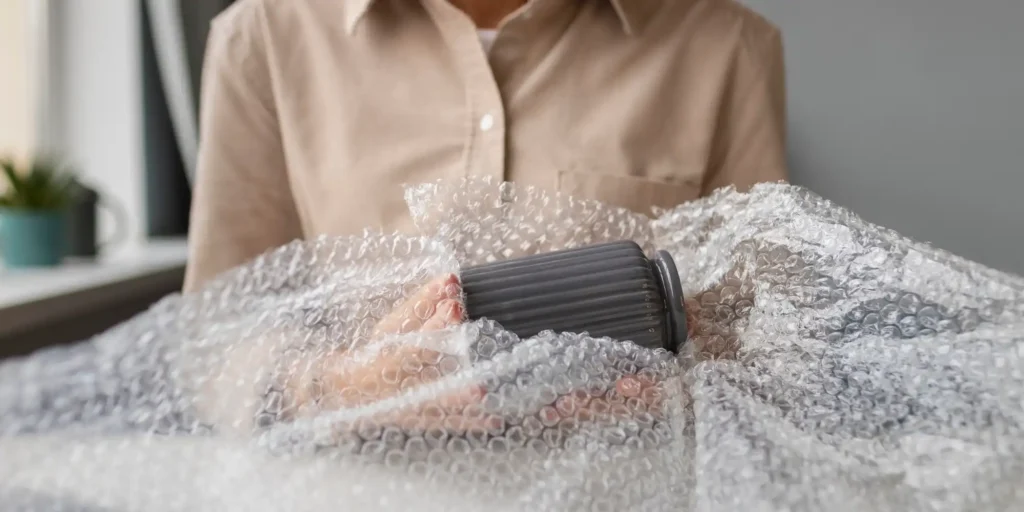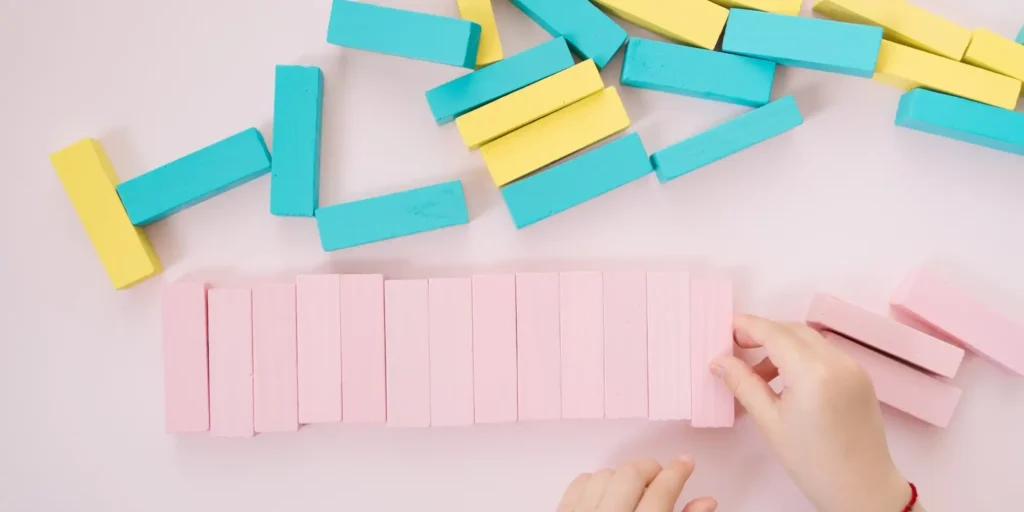Abstract
As environmental awareness grows and sustainable practices gain traction, the recycling of household foam waste—specifically Polyethylene (PE) and Ethylene-Vinyl Acetate (EVA)—has become increasingly significant. This article presents a systematic approach to repurposing discarded PE and EVA foam, detailing essential steps from preliminary processing and sorting to dissolution, reshaping, and crafting new products. By introducing accessible and practical techniques, this guide empowers households to minimize plastic waste while transforming it into functional, reusable items, offering actionable insights for eco-conscious living.
1. Common Sources of PE/EVA Foam Waste in Households
PE (Polyethylene) and EVA (Ethylene-Vinyl Acetate) foam materials are ubiquitous in domestic environments. Typical examples include:
- PE-based food packaging cushioning
- EVA shoe inserts and yoga mats
- Children’s interlocking play mats
- PE foam from appliance packaging
- Various shock-absorbing packing materials
These materials are favored for their lightweight, cushioning, and waterproof properties, making them widely utilized.
Statistics indicate that an average four-person household generates 5–8 kg of such foam waste annually. Due to its bulkiness, this waste often ends up in landfills, occupying significant space and resisting natural decomposition. Implementing home-based recycling not only alleviates environmental strain but also converts waste into valuable resources.
2. Preprocessing and Sorting Techniques
Effective recycling begins with proper preparation:
Cleaning: Wash foam surfaces thoroughly with warm, soapy water to remove contaminants—particularly crucial for food-contact PE foam to prevent bacterial growth.
Drying: Air-dry naturally or use low-heat drying (below 50°C), as EVA is prone to warping at higher temperatures.
Material Identification:
- PE is typically rigid, opaque, and emits a paraffin-like odor when burned.
- EVA is softer, more elastic, and releases a vinegary scent upon combustion.
- Verify materials via safe burn tests or manufacturer labels.
Size Reduction: Cut or tear foam into ~5 cm fragments using scissors or craft knives (safety precautions advised).
3. Practical Recycling Methods for Households
Physical reprocessing is the most feasible approach in home settings:
Dissolution and Remolding:
- For PE foam: Dissolve in 90–110°C vegetable oil (e.g., used cooking oil) at a 1:3 ratio (foam:oil). Pour into molds to create waterproof containers, garden markers, etc.
- Thermal Compression: For EVA foam: Heat fragments at 120°C for 10 minutes, then press with heavy books or molds to craft coasters, mouse pads, or children’s craft supplies.
Recommended Tools: Heat-resistant gloves, stainless steel containers, silicone molds, and simple presses (e.g., clamps or weights).
4. Creative Applications for Repurposed Materials
Recycled PE/EVA offers diverse uses:
- Household items: Non-slip mats, drawer dividers, tool grips.
- Gardening: Potting drainage layers or plant labels.
- Educational tools: Craft materials for children’s art projects.
- Pet accessories: Scratching posts or pet bed padding.
- Storage solutions: Custom cushioning for fragile items.
Pro Tip: EVA’s elasticity makes it ideal for yoga aids or massage rollers, maximizing upcycling value.
5. Safety Measures and Environmental Impact
Key Safety Guidelines:
- Work in well-ventilated areas to avoid fume inhalation.
- Monitor heating closely—PE should not exceed 120°C; EVA stays under 130°C.
- Wear protective gear (goggles, cut-resistant gloves).
- Supervise children during collaborative projects.
- Dispose of unrecyclable remnants via professional services.
Environmental Benefits:
- 30–50% reduction in household foam waste.
- 1.8 kg of carbon emissions saved per kilogram of recycled foam.
- Community-level recycling fosters broader ecological awareness.
FAQ
Q1: Can PE and EVA foam be processed together?
A1: No. Their differing melting points and chemical properties compromise material integrity. Sort using burn tests: PE burns with a blue flame (paraffin smell); EVA has a yellow flame (acetic odor).
Q2: How to avoid toxic byproducts during home recycling?
A2:
- Control temperatures strictly.
- Use plant-based oils instead of chemical solvents.
- Maintain ventilation. Avoid acetone or similar chemicals, and repurpose outputs for non-food applications.
Q3: What is the lifespan of recycled products?
A3: Indoors, PE items last 2–3 years; EVA lasts 3–5 years due to superior oxidation resistance. UV exposure and heat accelerate degradation—store properly and clean gently to prolong usability.
Q4: Which foam types are unsuitable for home recycling?
A4: Avoid:
- Chemically contaminated foam.
- Multi-material composites.
- Medical-grade foam.
- Crumbly, aged foam. Consult professional recyclers when uncertain.
Q5: How to dispose of leftover residues?
A5: Separate by type: Clean remnants can be collected for municipal recycling; contaminated waste should follow local non-recyclable disposal protocols. Never burn foam—it releases toxins. Check for community foam-recycling events.
WELLE Trade has over 20 years of experience in the production and processing of PE/EVA/TPE foams, so you may want to consult with them if you have any sourcing needs.




